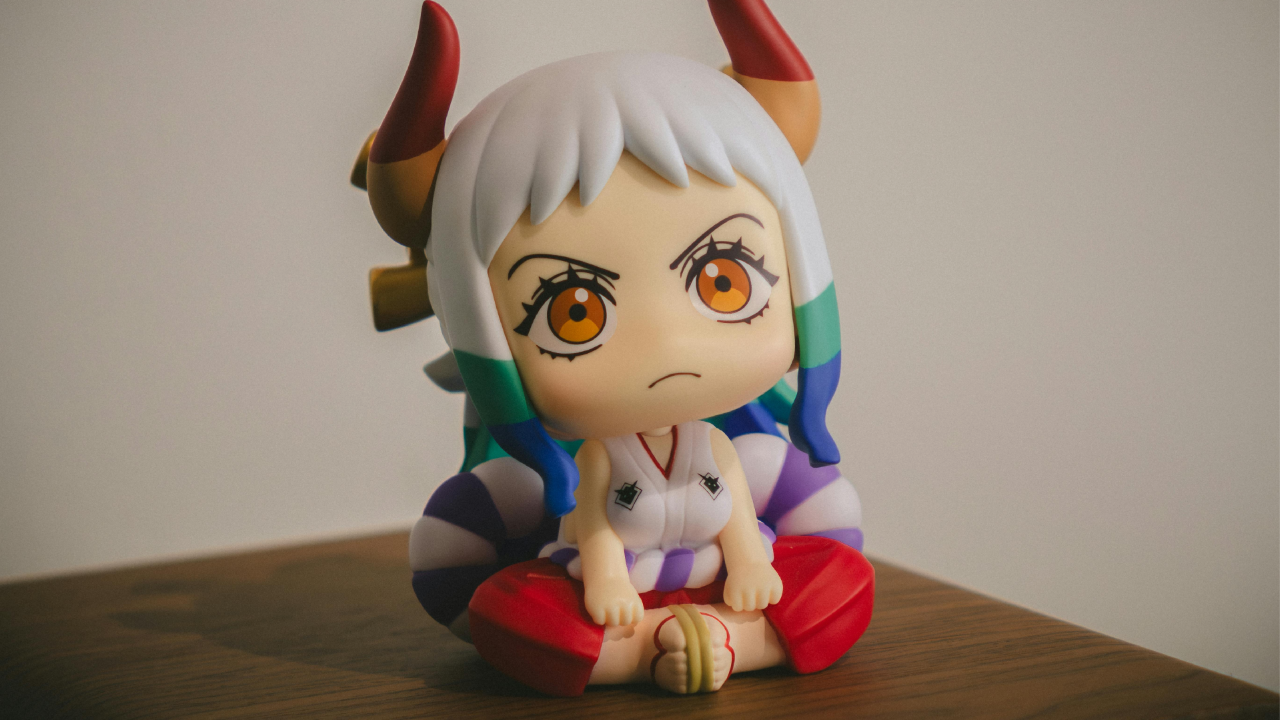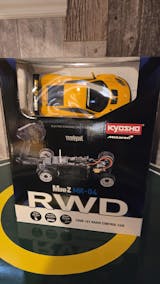Anime figures have captivated fans around the world, bringing beloved characters to life in stunning detail. From high-quality collectibles to detailed action figures, the process of creating these miniature masterpieces is intricate and fascinating. In this blog post, we’ll explore the steps involved in the production of anime figures, the materials used, and the artistry that goes into their design. Whether you're an avid collector or just curious about the process, this behind-the-scenes journey will give you a newfound appreciation for these charming figures.
Step 1: Concept and Design

The creation of an anime figure begins with the concept and design phase. Artists and designers work from reference materials, such as artwork from the anime or manga, to create a detailed plan for the figure. This includes sketches, character poses, facial expressions, and even the clothing textures. Digital tools and 3D modeling software are often utilized to visualize the final product better.
Step 2: 3D Sculpting
Once the design is finalized, the next step is 3D sculpting. Skilled sculptors use either traditional clay methods or digital sculpting techniques to create a three-dimensional model of the figure. This step is crucial, as it enhances the figure's pose, proportions, and fine details. Digital sculpting tools also allow for greater precision, enabling the creators to tweak minute details and ensure the figure mirrors the original character design.

Step 3: Prototyping
With the digital sculpt completed, a prototype is created. This prototype, usually made of resin or polymer clay, serves as the first physical representation of the figure. Modifications are often made during this phase to refine the design, ensuring each component—from facial features to accessories—captures the essence of the character. The prototype is also used to determine how well the figure will hold up during the casting process.
Step 4: Mold Making
Once the prototype meets the design standards, it is used to create molds. Silicone is commonly used to make flexible molds that can withstand the pressure of casting without damaging the original design. Molding is a critical step, as quality control here directly impacts the figure's final appearance and durability.
Step 5: Casting

Casting is where the magical transformation occurs. The molds are filled with materials like PVC (Polyvinyl Chloride), ABS (Acrylonitrile Butadiene Styrene), or resin. These materials are often chosen for their ability to hold fine details and for their sturdy yet lightweight nature. Once the material has set, the new figure comes out of the mold and is ready for finishing touches.
Step 6: Painting and Finishing Touches
Painting is where the figure truly comes to life. Skilled painters hand-paint details, ensuring accurate colors and shading that match the character’s appearance in the anime or manga. Often, special techniques like airbrushing or layering are used to achieve the desired finish. Once painted, the figure may also undergo a sealing process to protect the paint and enhance durability.

Step 7: Assembly
After painting, the individual components are assembled. This includes attaching limbs, heads, and any accessories. For figures with moving parts or interchangeable pieces, this step is crucial to ensure everything fits together smoothly. Quality control checks are performed during assembly to ensure each figure meets the required standards for detail and articulation.

Step 8: Packaging
Finally, once the figures are fully assembled and inspected, they are packaged for distribution. Packaging design is equally important, and companies often create eye-catching boxes that showcase the figure while providing protection during shipping. Some collectors even keep the figures in their original packaging, which can enhance the item’s value over time.

Creating anime figures is an intricate process that requires a perfect blend of artistry, craftsmanship, and attention to detail. Each figure tells a story, capturing the essence of beloved characters many have grown to love. The next time you unwrap a new figure or admire it on your shelf, take a moment to appreciate the immense effort and creativity that went into making it a reality.














